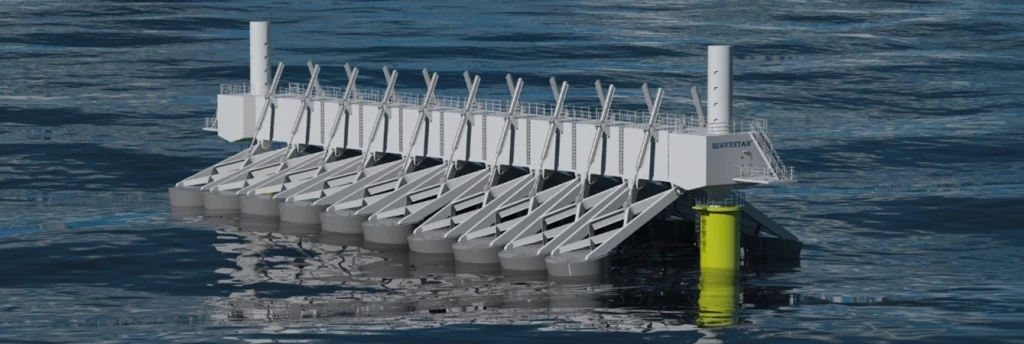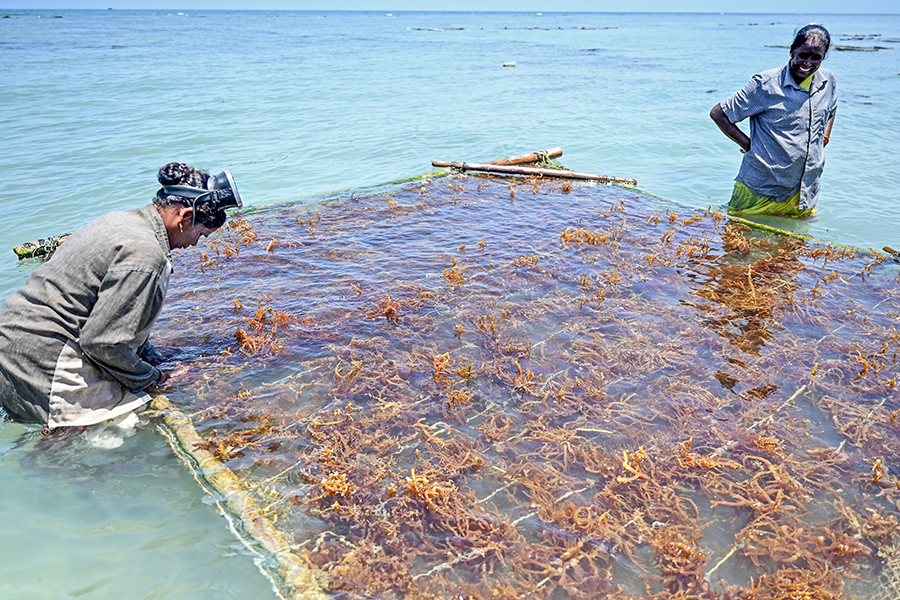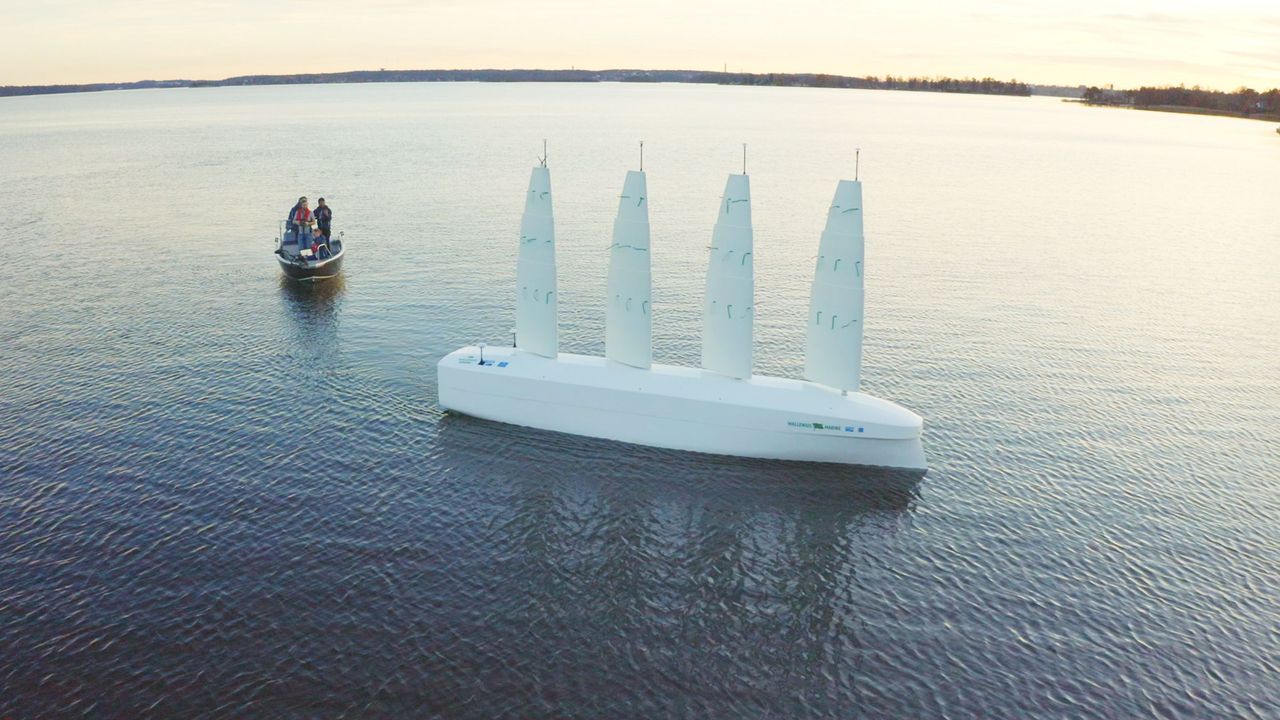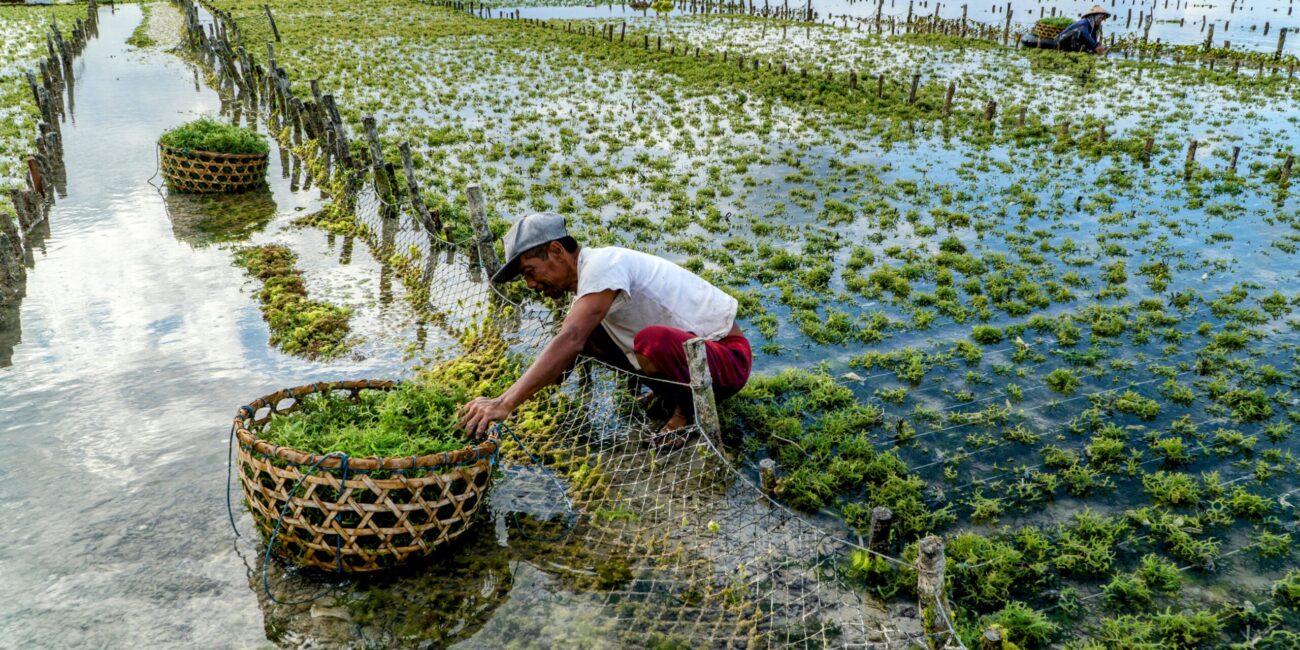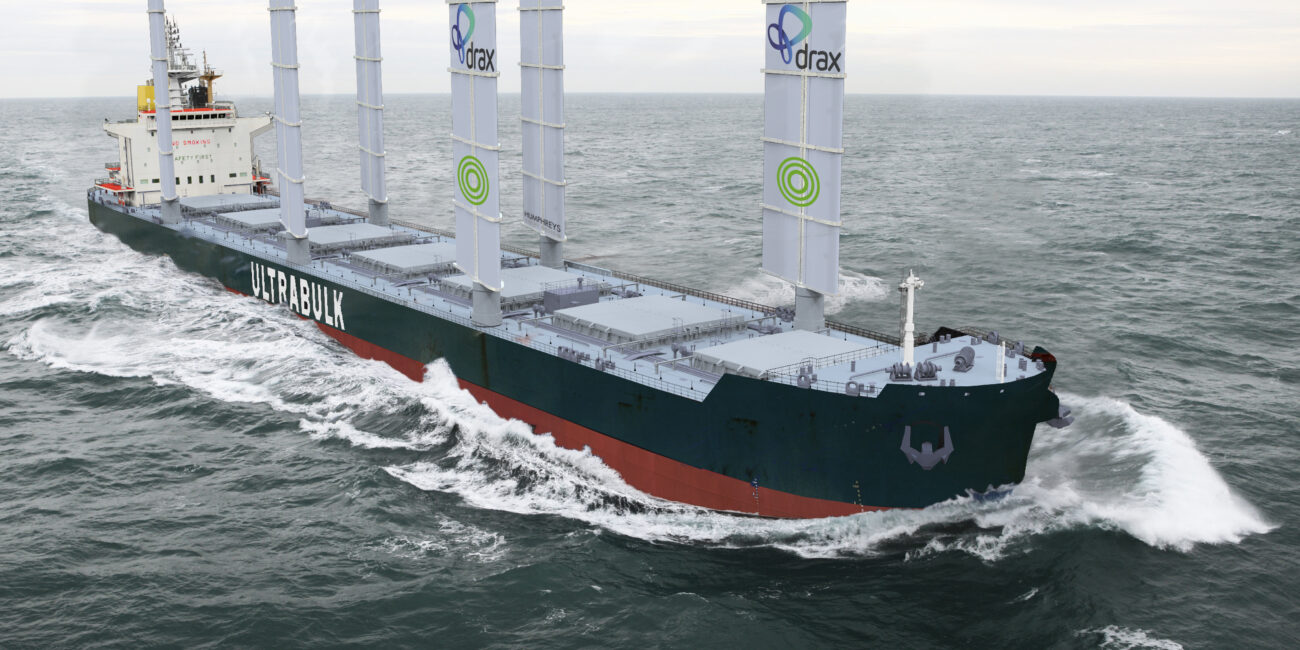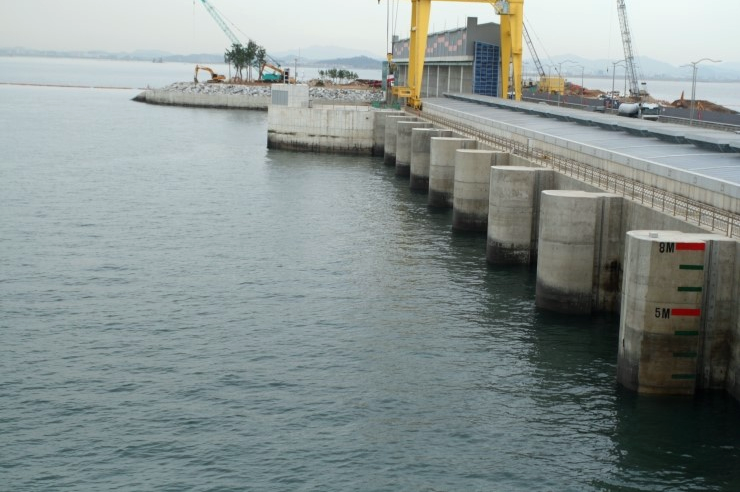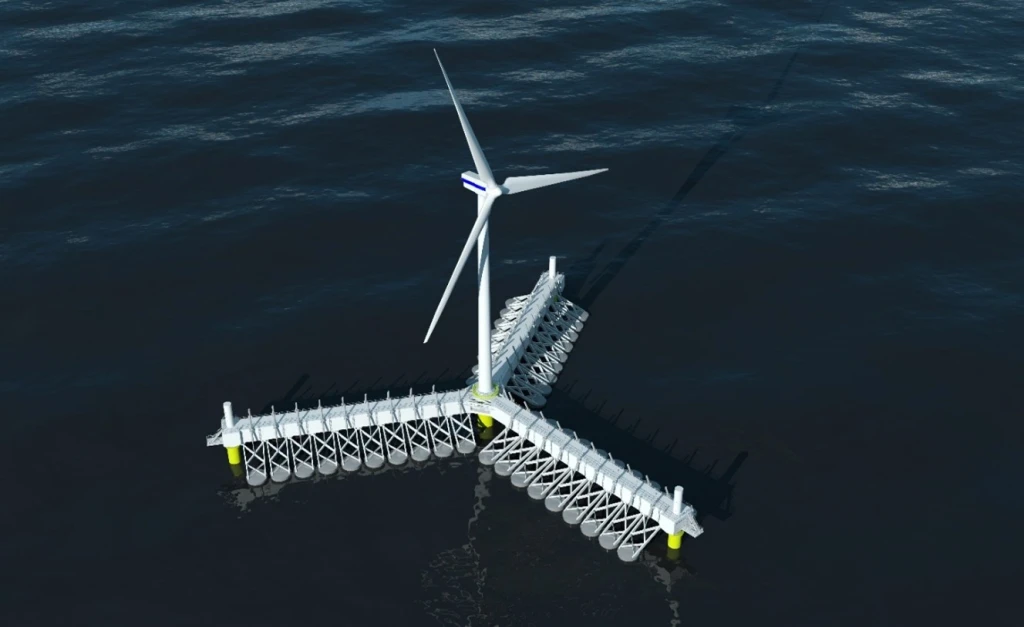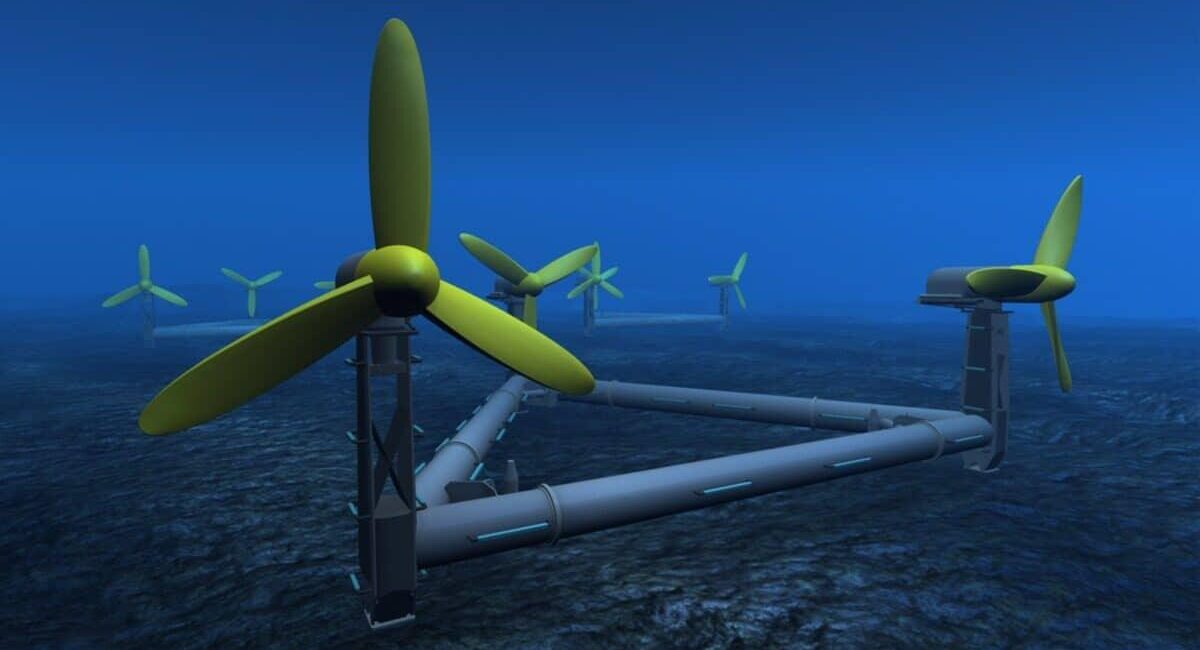
The Blue Economy
Almost 71% of the Earth’s surface is covered with Marine Water. Of the five oceans that cover the surface of the Earth, the Indian Ocean is the third largest in terms of size, covering 20% of the Earth’s surface and spans a geographical expanse of 70560000 square kilometers. The Indian Ocean is surrounded by several continents; Asia from the North, Africa from the West, Australia from the East and Antarctica from the South. Regions like the Arabian Gulf and the Andaman Islands too are part of the Indian Ocean.
The Indian Ocean is endowed with various marine resources and there is great potential to use these natural marine resources to meet human needs. Even in the present day, these resources are being used to meet the needs of communities the world over. This process is directly linked to the economy and is termed the ‘Blue Economy’. The elements of this Blue Economy include, fisheries, cultivation of Marine Crops, the Tourism and the Hospitality Trade, Transportation, Marine Mineral Resources and Marine Renewable Energy.
In the future, the Blue Economy is set to be the foundation upon which the Global Economy can be empowered and sustained. The Indian Ocean region has a significant potential to empower the Global Economy of the World hence Research, Development and Innovation needs to be done to harvest the full capacity of opportunities available in this critical Maritime Artery. The Indian Ocean Strategic Research Centre aims to work towards this goal.
-
Fisheries and Aquaculture
-
Tourism and Hospitality
-
Green Shipping Technology
-
Mineral Resources
-
Renewable Energy
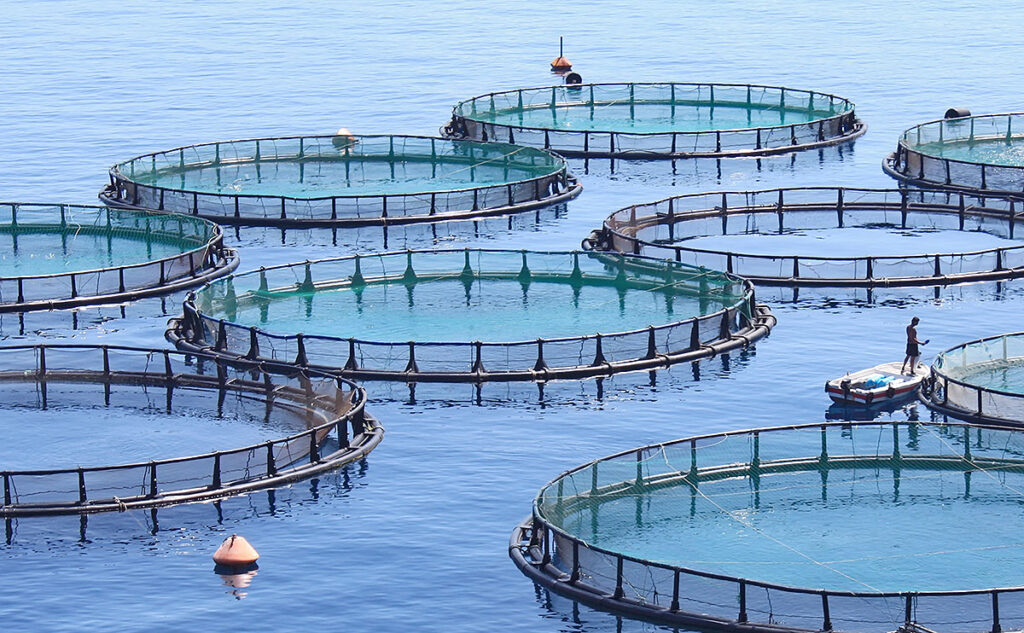
The Indian Ocean is a warm and rich biodiversity. It is home to a large variety of marine life. In the present day, the Indian Ocean bears great significance as a source of protein required to meet human demands. Millions of people in the Indian Ocean region connect with the Indian Ocean to make their daily living through the Fisheries Industry.
Further, the demand for proteins and other food requirements is on the increase as global population expands. The scarcity of land for the production of food to meet the demand is a problem that already exists and looms larger in the near future. It is important to look towards the oceans in order to find a solution for this dilemma. Sea Weeds have been found to have the highest protein content among food
groups. This can be seen as a solution to meet the growing demands for food and nutrition of a growing population. The Indian Ocean Strategic Research Centre seeks to strengthen the Research process to facilitate this.
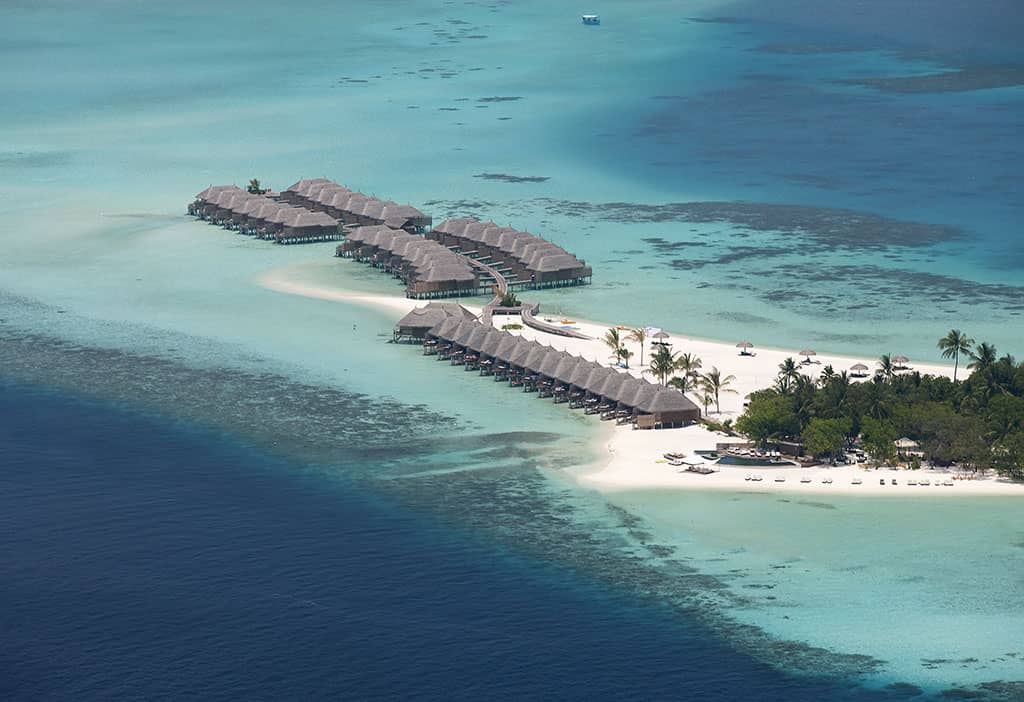 Tourists are naturally drawn to the warm and clean beaches of the Indian Ocean region. In addition, sea and beach related activities like water sports, boat rides, whale and dolphin watching, wind surfing and Scooba diving are quite popular activities.
Tourists are naturally drawn to the warm and clean beaches of the Indian Ocean region. In addition, sea and beach related activities like water sports, boat rides, whale and dolphin watching, wind surfing and Scooba diving are quite popular activities.
The Tourism and Hospitality industry have potential to empower the Blue Economy. In order to empower the Blue Economy, sustainable and safe Touristic resorts and properties must be created whilst ensuring ocean and coast conservation. The Indian Ocean Strategic Research Centre seeks to make the Indian Ocean region prosperous through engaging in multi sectoral research and development .
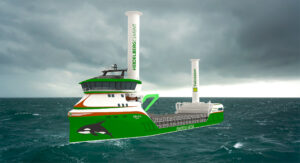 There is significant dependance on Fuel and Energy for transportation in the Marine Trade and Naval sectors. This contributed to rising of global temperatures and hazardous pollution. Over 50% of the commercial and trade ships ply through the Indian Ocean and therefore the Indian Ocean is at greater risk of pollution. The threat of pollution to the Indian Ocean can be minimized through the introduction of Eco Friendly Energy means for Maritime Trade and Naval transportation. It is important to explore alternative forms of renewable energy such as Hydrogen and Bio Fuels. In order to do so awareness and advocacy campaigns will have to implemented to promote the employment of such environmentally friendly options. The Indian Ocean Strategic Research Centre is equipped to facilitate Research and Innovation on Green Shipping Technology. The Blue Economy can be empowered and made sustainable through investing in the fields of research and development.
There is significant dependance on Fuel and Energy for transportation in the Marine Trade and Naval sectors. This contributed to rising of global temperatures and hazardous pollution. Over 50% of the commercial and trade ships ply through the Indian Ocean and therefore the Indian Ocean is at greater risk of pollution. The threat of pollution to the Indian Ocean can be minimized through the introduction of Eco Friendly Energy means for Maritime Trade and Naval transportation. It is important to explore alternative forms of renewable energy such as Hydrogen and Bio Fuels. In order to do so awareness and advocacy campaigns will have to implemented to promote the employment of such environmentally friendly options. The Indian Ocean Strategic Research Centre is equipped to facilitate Research and Innovation on Green Shipping Technology. The Blue Economy can be empowered and made sustainable through investing in the fields of research and development.
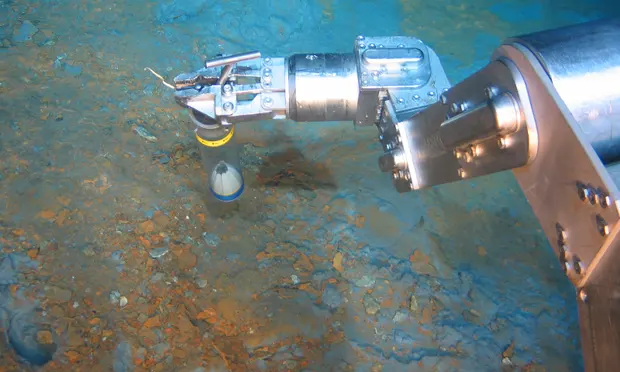 Oceans are sources of the mineral resources that are used to meet the needs of human existence like Gold, Tin, Copper, Brass, Nikel, Phosphorus and Titanium. In order to minimize the issues that may arise due to the scarcity of such resources on land, it may be important to explore on how these minerals can be excavated from the sea bed. When doing so, it is important to ensure that the sea bed is not polluted and preserved. If not, there is a possibility that sea pollution will take place in a large scale. In such circumstances, there should be scientific and innovative processes to protect and preserve marine resources. The Indian Ocean Strategic Research Centre has directed its attention toward this very important endeavor.
Oceans are sources of the mineral resources that are used to meet the needs of human existence like Gold, Tin, Copper, Brass, Nikel, Phosphorus and Titanium. In order to minimize the issues that may arise due to the scarcity of such resources on land, it may be important to explore on how these minerals can be excavated from the sea bed. When doing so, it is important to ensure that the sea bed is not polluted and preserved. If not, there is a possibility that sea pollution will take place in a large scale. In such circumstances, there should be scientific and innovative processes to protect and preserve marine resources. The Indian Ocean Strategic Research Centre has directed its attention toward this very important endeavor.
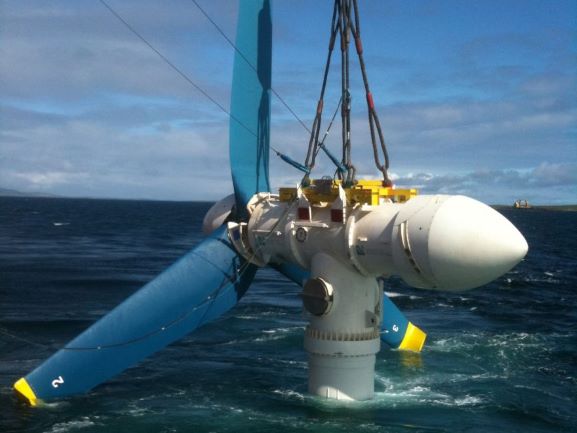 Oceans are a great source of tidal energy. There is great potential to transform this tidal energy into Kinetic Energy and create clean energy through the use of Tidal Turbines. As ocean waves flow rhythmically and constantly throughout the year thus it is a dependable and uninterrupted source for the creation of energy. However Solar energy can be produced only when there is sufficient sunlight and wind energy can be produced only when there is sufficient wind. While the production of solar energy and wind energy depends on availability and may not be consistent, tidal energy can be produced throughout the year and is constant in supply. Tidal energy has the potential to supply the global demand for renewable energy. In order to do so, Research and Innovation initiatives pertaining to Ocean Tidal Energy should be expanded.
Oceans are a great source of tidal energy. There is great potential to transform this tidal energy into Kinetic Energy and create clean energy through the use of Tidal Turbines. As ocean waves flow rhythmically and constantly throughout the year thus it is a dependable and uninterrupted source for the creation of energy. However Solar energy can be produced only when there is sufficient sunlight and wind energy can be produced only when there is sufficient wind. While the production of solar energy and wind energy depends on availability and may not be consistent, tidal energy can be produced throughout the year and is constant in supply. Tidal energy has the potential to supply the global demand for renewable energy. In order to do so, Research and Innovation initiatives pertaining to Ocean Tidal Energy should be expanded.


